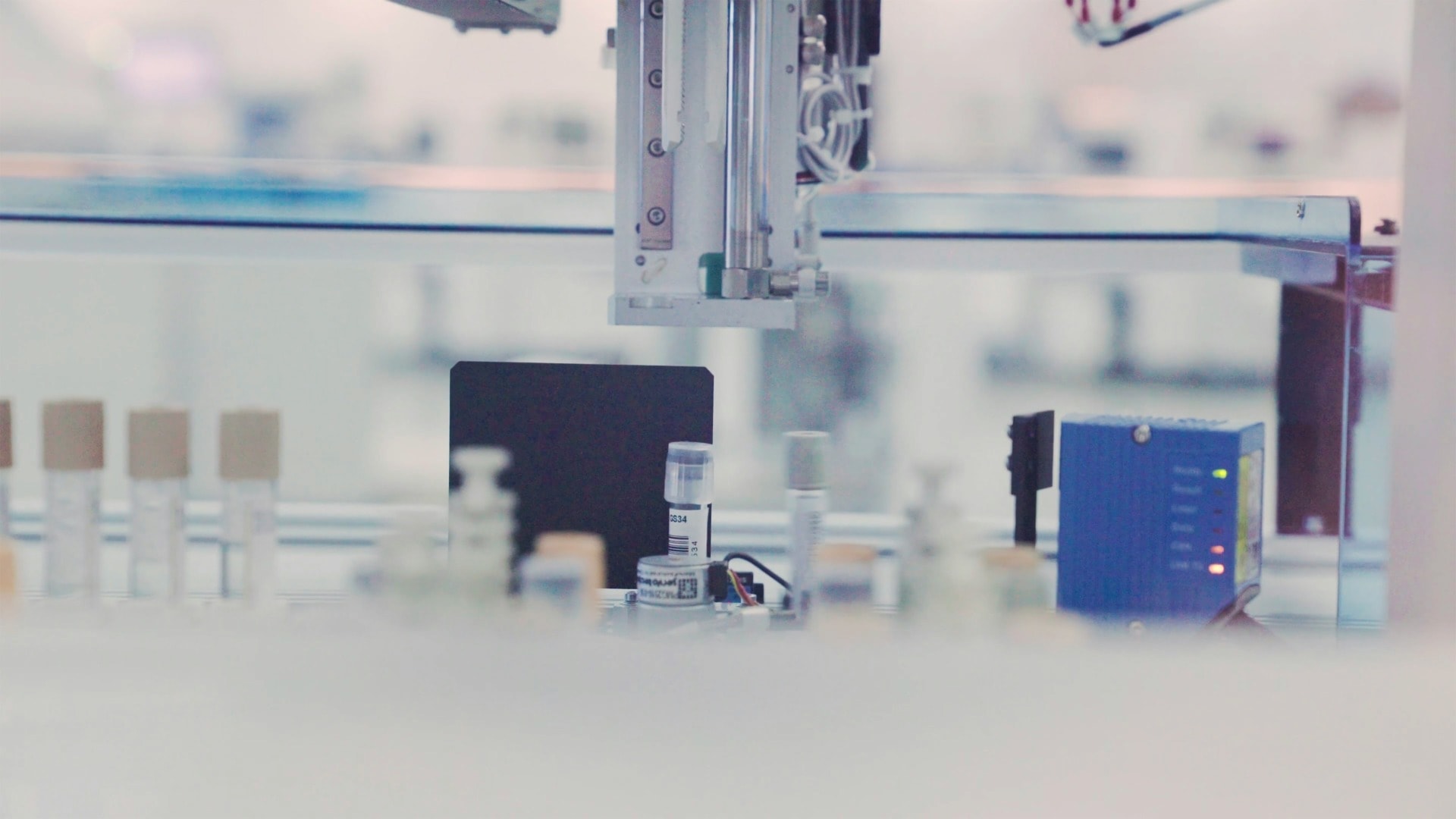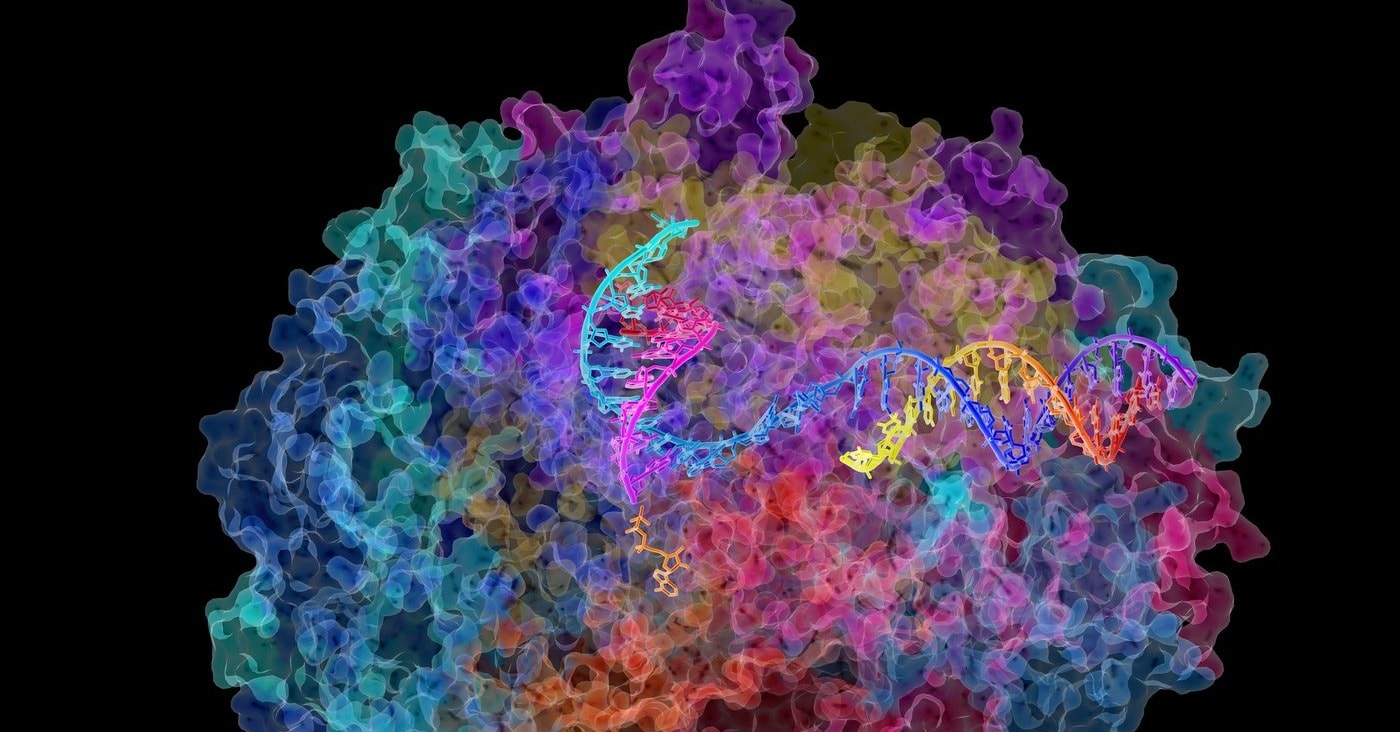Updated January 7, 2023. For many, the last three years, 2020-2022 have been simply dismal, dominated by the Covid pandemic. There have been comparisons to the Spanish Flu, a pandemic that killed 25-100 million people over 100 years ago. But it is worth recalling that not everything went wrong back then: There were notable medical breakthroughs, among them, insulin which was discovered in 1921. The following year, at a Toronto hospital, a number of comatose children dying from diabetic ketoacidosis were successfully treated for the first time, and insulin has been saving many millions of lives ever since.
Today efforts addressing Covid with new “technologies”, whether with mRNA vaccines, antiviral treatments for Covid such as Paxlovid, or rapid antigen Covid testing have come to our collective rescue and captured the lion’s share of public attention. This is understandable, but in doing so we have paid less attention to other major health stories and medical breakthroughs that are of pivotal importance for different populations, now and in the future.
Listing all of the breakthroughs is impossible, much less ranking them to reflect the differing concerns of developed and developing countries. Therefore, arbitrarily divided without any attempt to distinguish between the different primary interests of countries, nor by their importance, the medical advances described below are simply a sampling, leaving it to the reader to decide which is most important for her or him.
A New Malaria Vaccine for Children
Malaria is one of the world’s leading causes of child mortality. In 2022 the World Health Organization’s (WHO) approval of a new malaria vaccine (RTS, S), for use with children, resulted in commitments by the Vaccine Alliance (Gavi) and other donor institutions for expanded procurement, technical assistance for vaccine introduction, and other activities in developing countries.
The WHO reached its decision in late 2021 after reviewing results from Ghana, Kenya, and Malawi, where more than 800,000 infants were vaccinated with a four-dose regimen, distributed by primary healthcare centers, resulting in reducing by 30% the number of cases of severe malaria which led to hospital admissions.
Most importantly this is the world’s first vaccine against a parasite.
Breakthrough in sepsis detection
Sepsis is a worldwide challenge. It is defined as a severe inflammatory response to infection and a leading cause of hospitalizations and death. With septic shock having a very high mortality rate, early diagnosis is critical but difficult because its symptoms often mirror other conditions.
A new artificial intelligence tool can help rapidly detect sepsis by using algorithms to monitor electronic information regarding high-risk patient risk key factors, thereby alerting health professionals to act, saving lives, and lowering health care costs.
<iframe width=”560″ height=”315″ src=”https://www.youtube.com/embed/WVxmbZJ12s0″ title=”YouTube video player” frameborder=”0″ allow=”accelerometer; autoplay; clipboard-write; encrypted-media; gyroscope; picture-in-picture; web-share” allowfullscreen></iframe>
Medical breakthroughs in cancer treatment
There has been extraordinary progress across many common cancer fronts, which augur well for our future. Below are some particularly promising medical advances:
- New metastatic-breast-cancer drugs developed in the form of monoclonal antibody treatment targeting tumor cells with a mutant protein HER2, a familiar cancer culprit. The drugs seek out and destroy cells featuring the mutant with such stunning precision that many patients’ lives were extended by more than six months.
- Prostate cancer is widespread, particularly among older men. Accurate imaging is critical for tumor localization, staging the disease and detecting recurrences. An antigen found in high levels on the surface of prostate cancer cells has been identified as a potential biomarker for the disease and scans using a radioactive tracer combined with CT or MRI scans can visualize the location of prostate cancer cells.
- Rectal cancer is another common form. Patients who were prescribed with a novel immunotherapy, had their cancer vanished in every single patient. No, not receded. Vanished.
- Lung cancer breakthrough: A genetic mutation commonly associated with various cancers (KRAS) was considered “undruggable”, yet a new lung cancer pill targeting this mutation beat out common chemotherapy in a late-stage study, helping patients survive without their tumors getting worse.
More genetic, simpler cancer tests may be able to look for circulating tumor DNA in blood drawn early reports indicate this screening detects 50 types of cancer with a false-positive rate below 1 percent.
Alzheimer’s disease potential treatment
According to the WHO, more than 55 million people live with dementia worldwide, and there are nearly 10 million new cases every year. Dementia results from a variety of diseases and injuries that primarily or secondarily affect the brain. Alzheimer’s disease is the most common form of dementia and may contribute to 60-70% of cases.
- An experimental drug (Lecanemab) slowed cognitive and function decline by 27% in a trial involving 1,800 people in the early stages of Alzheimer’s. The treated group showed a slower build-up of amyloid levels in the brain. This trial results appear stronger than Aduhelm, a drug that previously had been given accelerated approval by U.S. authorities. Lecanemab is also currently very expensive, and uncertainty remains as to the length and extent of benefit: nevertheless, it represents a potential breakthrough in dementia treatment. This week the drug was approved by the US Food and Drug Administration (FDA), indicating that Lecanemab is for patients with mild cognitive impairment or early dementia because of Alzheimer’s.
Progress in the therapy of Multiple Sclerosis
It is estimated that there are 2.8 million people worldwide, in every region, living with Multiple Sclerosis (MS). These are only rough estimates because of significant gaps in prevalence estimates (risk or frequency of disease at any given point in time). From what is known, the MS mean age is 32 years, and females are twice as likely to live with MS as males.
No medical breakthrough has yet been reported but a recent study found strong evidence that the Epstein-Barr virus (EBV), which is the best known for causing mononucleosis, is the leading cause of multiple sclerosis. Infection with EBV raises the odds of developing multiple sclerosis by more than thirtyfold.
These results could help focus increased efforts to prevent MS on vaccines against EBV.
More Artificial intelligence (AI) for multiple health-related purposes
AI could be the source of multiple medical advances. It is being used to detect diseases early and confirm a diagnosis quicker. For example, it is applied to oversee early-stage heart disease, allowing healthcare providers to discover potentially life-threatening problems at earlier and at more treatable stages.
AI is also helping:
- creating ways for more comprehensive treatment programs, and for patients to manage their conditions more effectively;
- streamline drug discovery processes with more efficient ways to discover and repurpose medicines, and reduce the time it takes to market a new drug;
- provide “outside” wearables that monitor chronic conditions, such as diabetes and cardiovascular disease;
- make available “insideables” and “implantables” with microcomputers that help organs such as the heart and brain function;
- provide the wherewithal to allow for precise robotic surgery in settings outside an operating room;
- assist in predicting infection rate growth in various settings, from hospitals to populations.
Medical breakthroughs based on 3-D printing healthcare capability
3D Printing was first used in the 1990s for medical purposes such as dental implants and custom prosthetics. In subsequent years its use has grown exponentially, becoming a technology used for many healthcare needs, including:
- creating implants and joints to be used during surgery, allowing for unprecedently levels of comfort and mobility;
- means for bone and cartilage restoration for people with debilitating musculoskeletal injuries;
- expediting the planning of complex surgery and training prior to the procedure itself, with 3D-printed models, improving success rates, and reducing time in the operating room and recovery time.
- enabling the ‘printing’ of pills containing multiple drugs, helping patients with organizing, timing, and monitoring multiple medications.
- regenerating skin cells for skin grafts for burn victims, creating blood vessels, synthetic ovaries, and even a pancreas.
CRISPR: Gene editing and other uses for health purposes
Clustered Regularly Interspaced Short Palindromic Repeats (CRISPR) is the super tool for advanced gene editing. And expected to become a major source of medical breakthroughs.
CRISPR can do many things including ‘cut out’ infected DNA strands potentially transforming the way we treat disease.
Using this gene modification technology some of the biggest threats mentioned above, as well as others such as cystic fibrosis, could potentially be overcome.
Further, CRISPR has many other potential applications, including correcting genetic defects, treating, and preventing the spread of diseases, and improving the growth and resilience of crops.
Another kind of medical advance: Organ transplants from animals
Medical breakthroughs also occur in a totally different area, one linking human and animal research. Using a machine that pumps blood and other fluids around the body, researchers restored cells and organs in pigs an hour after the animals’ death by cardiac arrest.
The feat holds the potential to one day increase the number of human organs available for transplants.
Looking forward to more medical breakthroughs
This listing started with the promising achievements in health that began with malaria, a disease transmitted by an infective mosquito, a zoonotic disease, of which the extent of transmission is significantly affected by environmental factors. Thus we began here with the One Health concept, the approach that pulls together the health of humans, animals and the planet.

On the other side of our ledger of medical advances, we are again surfing on the One Health concept when considering organ transplants from animals, a benefit we garner from other species. And it is worth remembering that this is just the tip of the vast wealth of veterinary medicine breakthroughs contributing to human well-being.
Human history tells us we will continue to face existing and new threats to our health. Some are communicable, others not, and many will affect large swaths of us.
What we also know is that science and systems have come forward to provide answers with some remarkable medical breakthroughs. It is not sensible to be Pollyannish, but there is sufficient reason to look forward with some degree of optimism: It is clear that health challenges will find new responses from global health research and practitioners.
The extent to which we, as potential beneficiaries, trust and make use of such innovations is a critical unknown. Only time will tell….
Editor’s Note: The opinions expressed here by the authors are their own, not those of Impakter.com — In the Featured Photo: Example of medical breakthrough using 3D printing: A surgical team discusses their procedure in the operating theatre dressed in scrubs. They use a medical model printed on a Formlabs Form 2 SLA 3D Printer to examine the patient’s skull before anesthesia is applied. Source: Flickr CC














